The humble sun-dried badi, wadi or bori is an expression of the ancient Indian art of preservation practiced across the country’s communities and makes for a beautiful backup during the rains
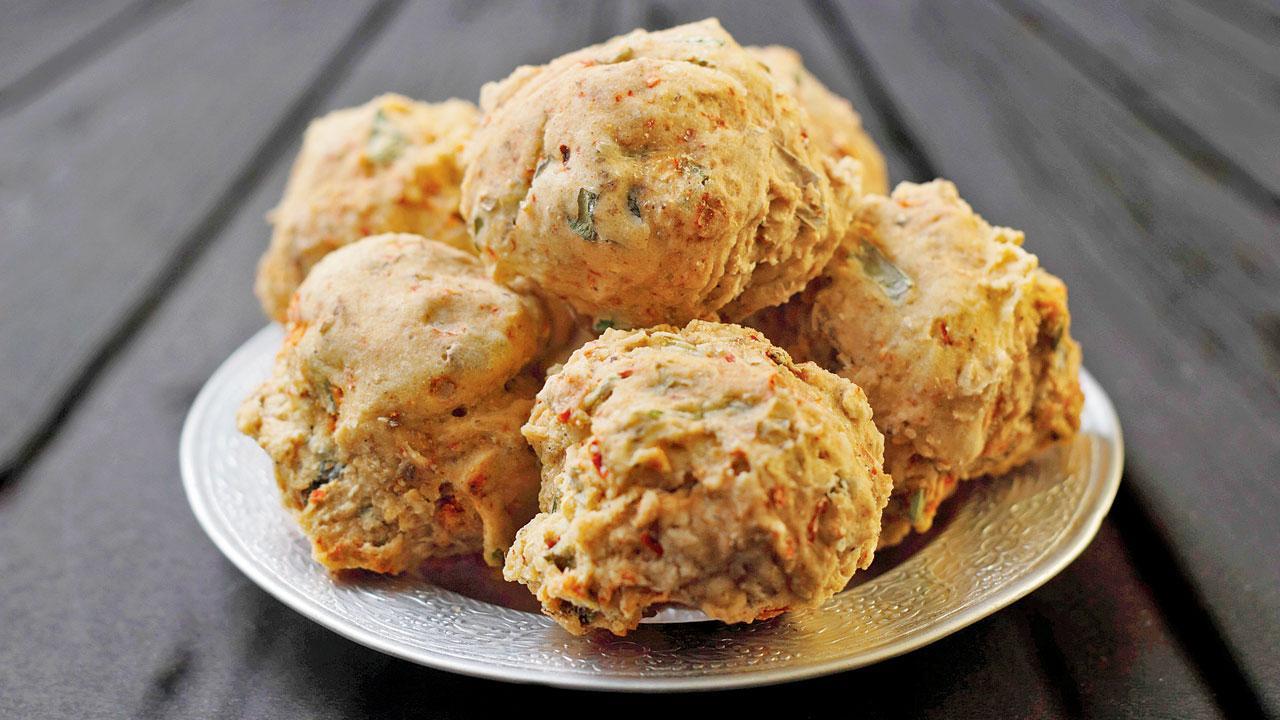
The Amritsari wadiyan are masaledar, made with urad dal, whole peppercorns and crushed red chillis
We are an agrarian society; we never waste food, instead, we preserve by using salt or by sun-drying,” says home chef Iti Misra over a phone call from Kolkata. She is referring to the bori, also called badi or wadi, a sun-dried fermented lentil dough dumpling that’s eaten both as snack and to add to gravy dishes with potato, fish and meat. The spicy variant, masala bori, made with urad dal, chilli, hing, sauf and ginger is Misra’s favourite. The hing and sauf assist digestion of protein. Some communities like the Gujaratis use the lighter moong dal, and up the nutrition value with the addition of mushy amaranth or palak. The Bengali bhaja bori uses tiny half-inch masoor dal boris, that are deep-fried, lighter than any meringue, and eaten as accompaniment or added to mains like shukto (vegetable stew) and lau ghonto (bottle gourd curry) for added texture.
ADVERTISEMENT
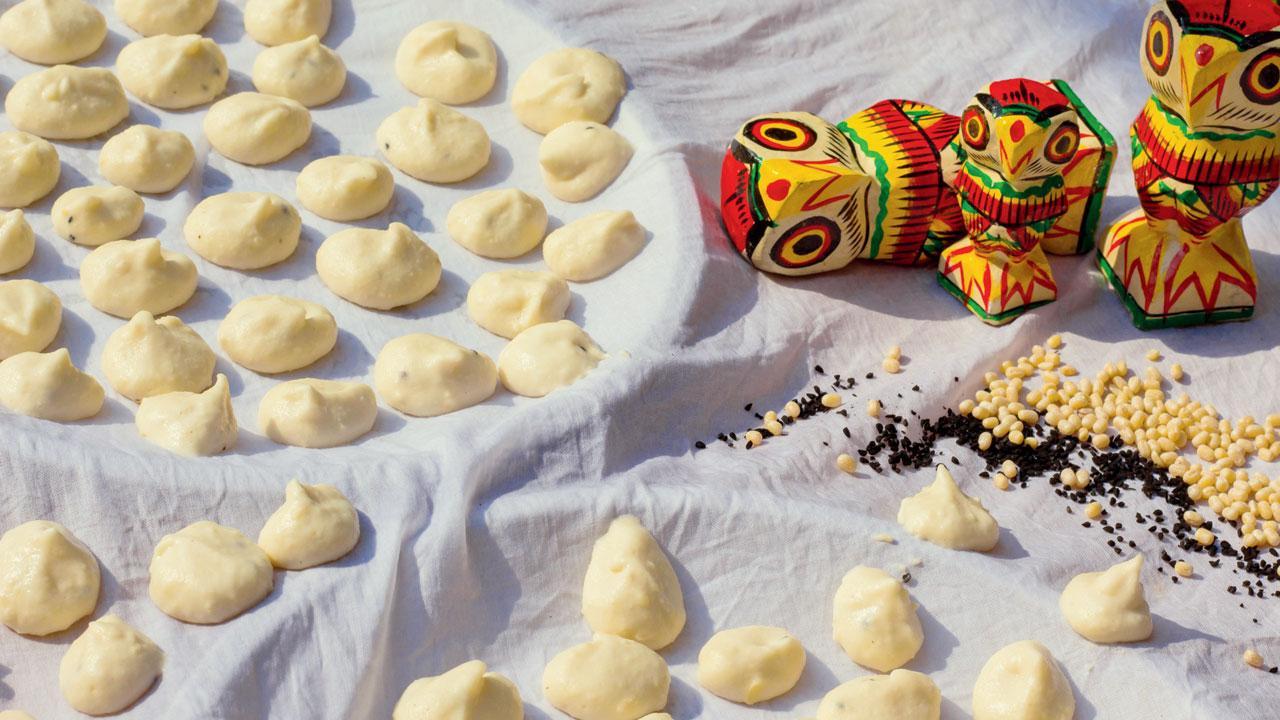
In Bengal, daler bori or dal dumplings are a unique way of preserving lentils. Usually made of urad dal, masoor or black gram, the soaked dal is ground and left to ferment before salt, kalonji and spices are added, shaped into mini dumplings and laid out in the sun to dry. The dried bori can be stored and used up to a year to up a meal’s protein count. The dry bori when fried makes for a tasty, crunchy snack. Pics/Sameer Markande
“Made in the winters, the boris are left to dry in a bamboo soop or rice sifter under a strong but mellow sun. And they are always homemade. The store-bought ones are baked in the oven and have a stiff texture. The dals are soaked overnight, then ground in a stone mortar and whipped by hand to ensure the mix is well aerated. They are tested by dropping one in a bit of water. If it floats, the texture is right. These are then shaped by hand. Sometimes, thin slices of ash gourd or other vegetables are added to the boris. It was one way of preserving winter vegetables, making them available all year round. Back in the day, my grandmother used to make a stock of boris with 40 kilo of dal, stored in air-tight containers, enough to last the family for a year. Of course, there were house helps to assist us but try telling them today to hand-whip the dals and you’ll see them run away without a notice,” laughs Misra.
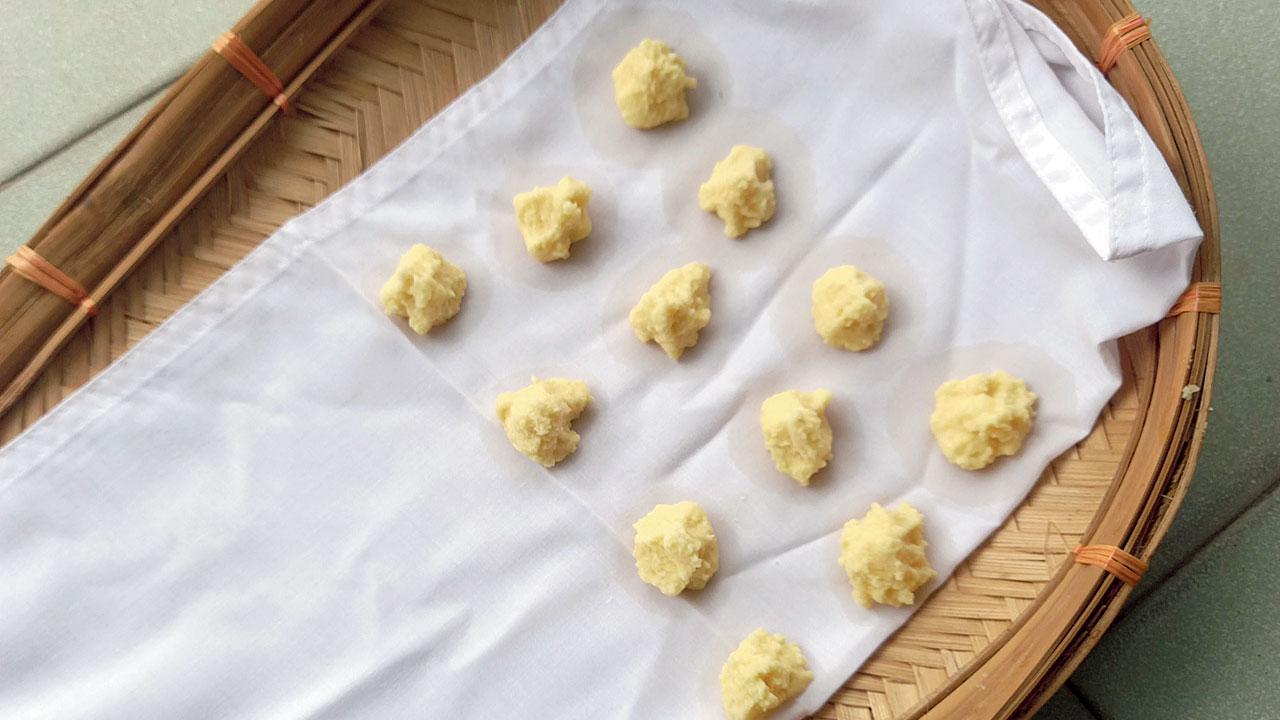
Boris left to dry in the sun in a bamboo rice sifter
While boris are considered a replacement for vegetables, a rich source of protein, and a beautiful backup ingredient to use during the monsoon when the weather is harsh for markets to stock fresh produce and seafood, making boris is still considered an art. “Goyna boris were shaped into delicate filigree jewellery with motifs like the paisley, ambi [mango] and lotus. It is a thing of beauty, worthy of admiration—an art passed down through generations of women in rural Bengal,” adds Misra, who also points out how boris, especially the matar dal (vatana) variety were served to widows who weren’t allowed meat as a source of plant-based protein.
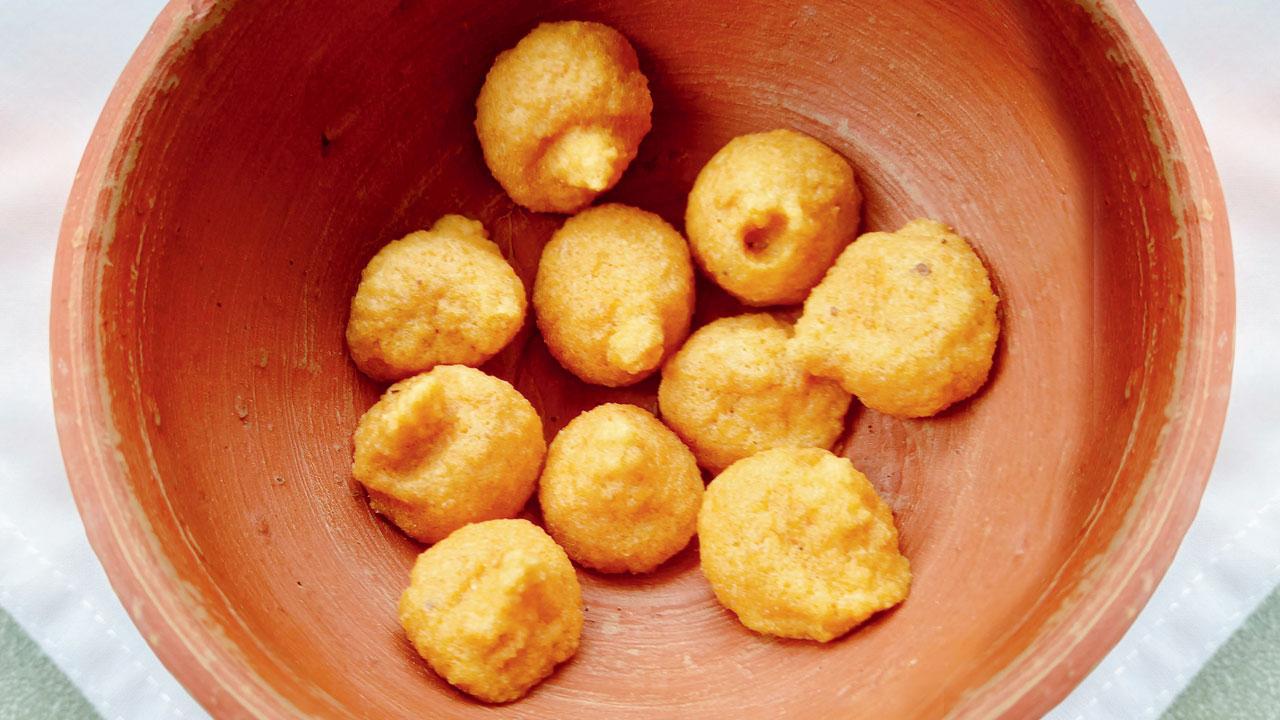
Fried masala boris
Aloo ki wadiyan
Bigger, coarser, and spicier compared to other regions of India, wadis in Punjabi homes are often cooked with lauki, aloo, or in a pulao and sometimes with paneer. Chef Ajay Chopra says, “A mix of urad dal and spices ground together and sun-dried as lentil cakes or dumplings, wadi-making is a household industry in Punjab and every maker has her own take on the spices used. The Amritsari variant is made with urad dal, whole peppercorns and crushed red chillis. A blob of the spicy batter is impressed with the thumb to create a small hollow and put to dry in the sun. In other parts of India, wadis are made with moong dal or gahat ki dal [horsegram], like in the pahadi region,” explains Chopra.
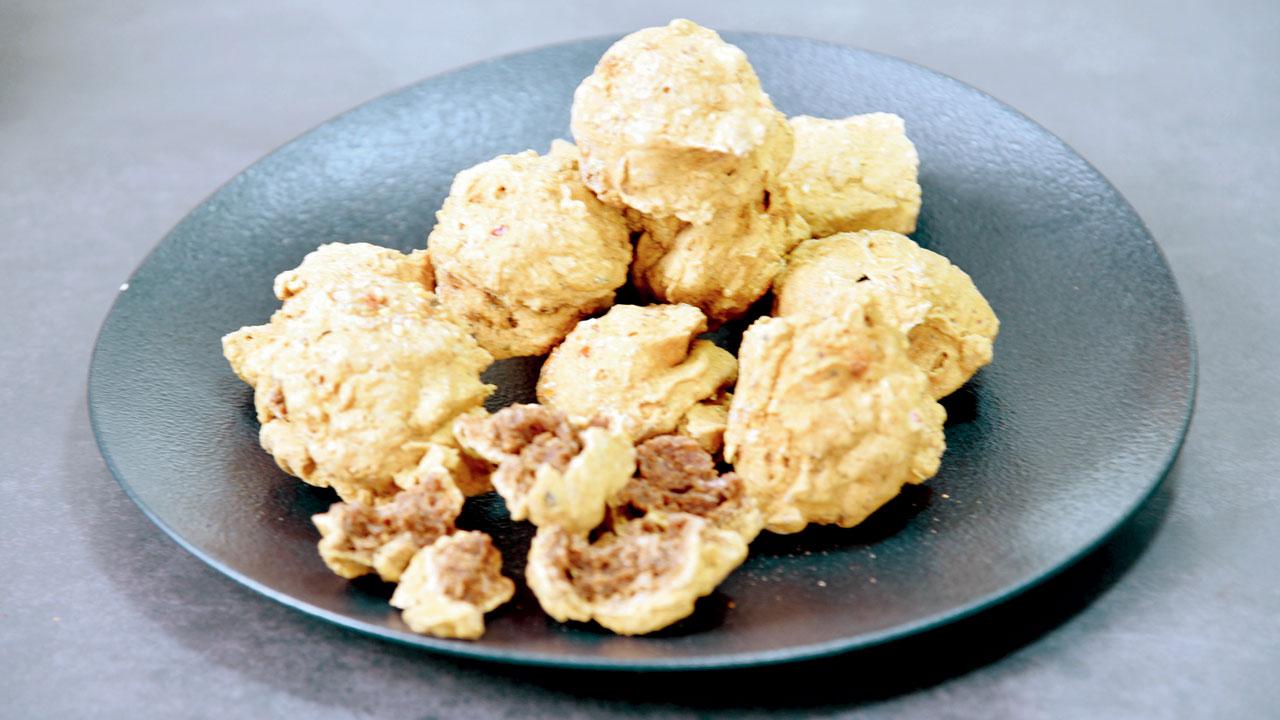
Ingredients
2 tbsp oil
2 tbsp ghee
1 tsp hing
2 Punjabi wadis
2 potatoes
1/2 cup onion paste
2 tbsp ginger and garlic paste
3-4 pieces green chillies
1/2 cup tomato paste
1 tbsp salt
1 tbsp jeera
2-3 pieces bay leaf
1 tbsp Kashmiri chilli powder
1 tbsp turmeric powder
1 tbsp coriander powder
1/2 tbsp jeera powder
1 tbsp kasoori methi
1 tsp garam masala powder
2 tbsp chopped coriander

Method
Break the wadis into bite-size pieces and shallow fry them. Soak these in water and keep them aside. Grind onion, ginger, garlic, green chillies, and tomato into a smooth paste. Heat oil in a cooker, add the ground masala paste and cook till masala leaves oil.

Ajay Chopra
Add potato and wadis to the pan and mix thoroughly. Add salt, red chilli powder, turmeric powder, and coriander powder and cook it nicely. Add hot water and cover the cooker lid. Allow to cook on a medium flame for two whistles. Open the lid, and finish the dish with garam masala and chopped coriander.
Wadiyon wale chawal
Rice cooked with urad dal wadis, peas and spices is a seasonal favourite in Lucknow as it is in other northern cities. Chef Pankaj Bhadouria tells us, “This dish was cooked in my family during the winters when peas would come in plenty. These days of course, with the availability of frozen peas, they can be cooked any time of the year. The spiced and sundried lentil cakes made from ground lentils sometimes have grated ash gourd or white pumpkin added to them too. Somehow, these add a meaty texture to the dish. In Lucknow, wadis are usually made from moong dal and known as moongodi. They are marble-sized and not spicy. The ones made with urad dal are smaller and may have kumhara or ash gourd added to it and are known as kumhrodi. I love wadis. My personal favourite is the aloo matar wadi that my biji [grandmother] would make. It was spicy, hot and so delicious that it could beat any mutton dish,” says Bhadouria.
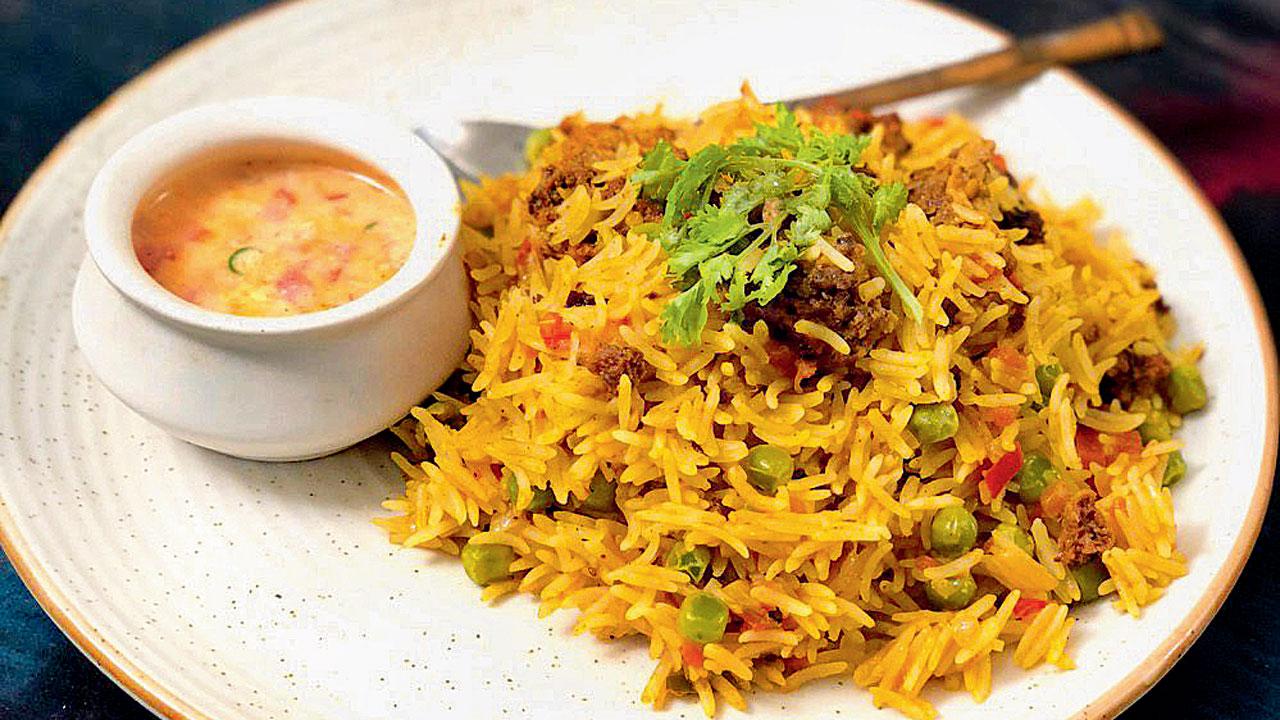
Ingredients
2 Punjabi wadis
2 cups basmati rice
3 tbsp desi ghee
1/2 cup chopped onions
1/2 cup chopped tomatoes
1 tsp ginger garlic paste
1 tsp cumin seeds
1 tsp chopped green chillies
1/2 tsp red chilli powder
1/2 tsp turmeric powder
1 tsp coriander powder
1/2 tsp garam masala powder
1/2 cup shelled peas
2 tbsp tomato puree
Salt to taste
Method
Soak the rice in water for 30 minutes. Break the Punjabi wadis into small pieces by pressing with a rolling pin. Fry in 1 tbsp ghee till it turns golden. Keep aside. Add the remaining 2 tbsp ghee to the same pan, add cumin seeds and let them splutter, add in the chopped onions. Sauté. Then add the ginger-garlic paste, and chopped green chillies and saute till the raw smell disappears.

Pankaj Bhadouria
Add the powdered spices and tomatoes to prevent the masalas from burning. Add the shelled peas, fried wadis and ¼ cup water and cook covered for a few minutes till the tomatoes soften. Drain the rice and add to the pan and mix well. Add in the tomato puree and salt to taste and sauté till the rice is well coated with the masala. Add four cups of water and bring to a boil. Reduce the heat to a simmer and cook till the rice is done. Allow the rice to stand for five minutes, fluff with a fork and serve hot with a raita of choice.
 Subscribe today by clicking the link and stay updated with the latest news!" Click here!
Subscribe today by clicking the link and stay updated with the latest news!" Click here!












